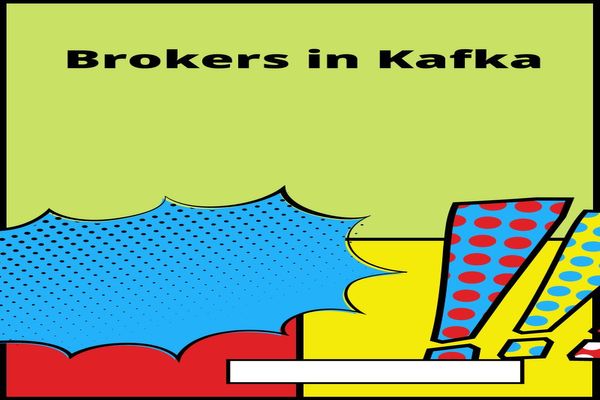We are in a Bigdata world. Data presentation is very critical now a days. Data is generating from multiple sources.
What is data visualization?
Visualization tools have evolved so far that many people don’t realize the capabilities that exist. Tools like Tableau, JMP, Advizor, and Spot-fire help analytic professionals and business users move beyond graphics that simply illustrate a story that has already been developed.
 |
| Visualization tools |
Visualization tools enable the analytic professional or business user to develop a new story in an interactive, visual paradigm.
Today’s visualization tools allow multiple tabs of graphs and charts to be linked to the underlying data. Even more important, the tabs, graphs, and charts can be linked to each other. If a user clicks on the bar for the Northeast region, all the other graphs will instantaneously adjust and show only Northeast data as well.
Also Read |
The all about Tibco Spotfire reporting
These new tools might be thought of as presentation and spreadsheet software “on steroids.” Not only do some visualization tools have the equivalent pivoting and data manipulation capabilities that a spreadsheet program might have, but they also have the charting and graphing capabilities that rival or exceed those of a presentation program. Now add the ability to connect to large databases, intertwine the visuals, and explore and drill down at will. It results in something powerful.
The whole premise of data visualization is that it’s very hard for humans to look at large tables or sets of numbers and identify trends. It’s far, far easier to see the trends with an appropriate visual. Some visualizations, like social network graphs, transmit information that would be almost impossible to understand or describe without a visualization.
Also Read |
Additonal Workflow patterns in Tibco Business Studio
Just imagine trying to effectively explain to someone how countries are arranged on a map without having the map itself as a guide. Once you see a map, you know exactly where those countries are and how they relate to each other. It would be a huge challenge to come up with even a very lengthy explanation that could even begin to get across the same amount of information and clarity as the visual of a map does.





Comments
Post a Comment
Thanks for your message. We will get back you.